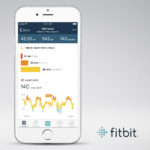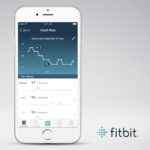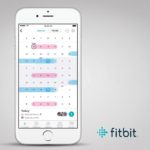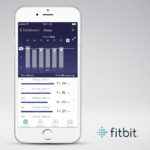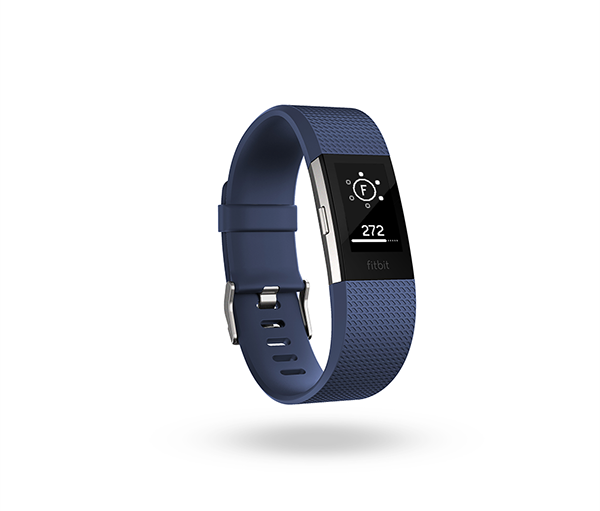
In December of 2017 I got a Fitbit in the hopes that it would help keep me more accountable to my activity. I kept seeing all these challenges about reaching 10,000 steps/day and other’s posting their fitness tracker stats and I wanted in! I’ve always been a fan of metrics, especially as it pertains to fitness. As an avid indoor cyclist, I discovered the benefit of a heart rate monitor years ago to keep track of the intensity of each workout. However, there were a couple of problems with the heart rate monitor, in my opinion.
The chest strap was often annoying and uncomfortable
The watch that showed the metrics was hard to see and ran on a standard watch battery which gave you no warning when it was about to die (nothing more frustrating than showing up for spin class and your monitor is dead!)
Even when I switched to an app on my phone to track my heart rate that paired with the chest strap, I still only got the feedback on my heart rate during activity
All that to say, the concept of a fitness tracker that I could wear daily, was rechargeable, didn’t require a chest strap and would show me metrics like steps, resting heart rate, active heart rate, floors walked and sleep tracking was very appealing.
After lots of research, I settled on the Fitbit Charge 2. I liked it for many reasons including its size, band options (so many!) and feature set. At the time, I decided that I didn’t need a smart watch (Apple Watch) with all its communication technology, but that is probably my next upgrade when I’m ready to replace my Charge 2.
When I first got the Fitbit, I had so much fun seeing my steps daily. And it turns out that getting to 10,000 is harder than you might think! Being the competitive person that I am, I was determined to hit 10,000 every single day. While that is a great goal, being obsessive about anything isn’t ideal. I was so insistent on hitting that magical number that I would be known to pace my hallway late at night, do laps around the living room or take the kids on a late night walk to get there. I suppose it was motivating, but when you put off sleeping because you have to get to 10,000…you might want to re-assess your priorities!
Over time, I have mellowed out about the 10,000 steps and on days I achieve that I feel great. I am a very active person in general, but sometimes my activity doesn’t involve a lot of walking (i.e. weight lifting) and that’s OK!
The other two features I have enjoyed with the Fitbit are the sleep tracker and the resting heart rate. I like to see the correlation between the weeks when I consistently get better sleep and how it impacts my resting heart rate. I also like to see how well I sleep, as in deep sleep vs. light sleep vs. REM sleep. I don’t know how entirely accurate it is, but I think after a year of tracking, it gives me a good general picture. As for resting heart rate, mine has decreased pretty significantly over the past year due to a 30-pound weight loss, but I also enjoy seeing the trends as it relates to my cycle/time of month. For example, I notice that my resting heart rate consistently spikes around the times of ovulation and my period each month and then decreases immediately after those times.
I love wearing my Fitbit and I believe strongly in having metrics available to help see progress, measure success and provide motivation. While it may not be for everyone, for me, it has motivated me to keep my health on track and it serves so many functions in one small device.

